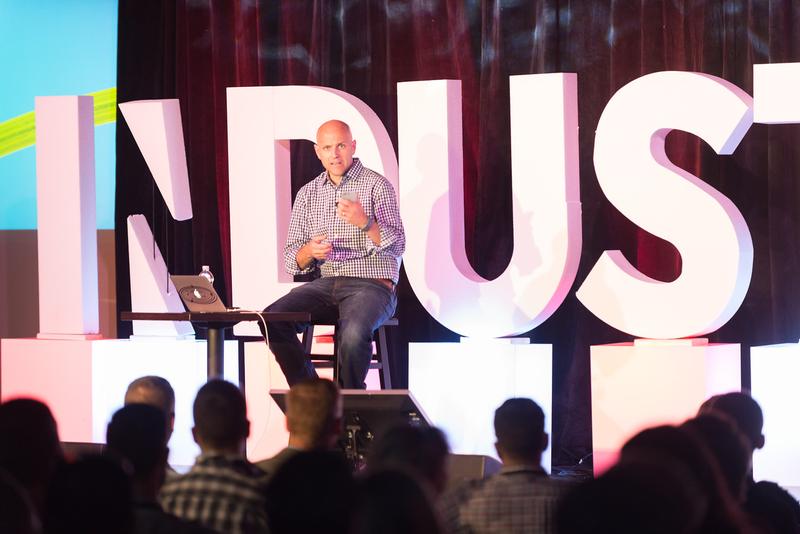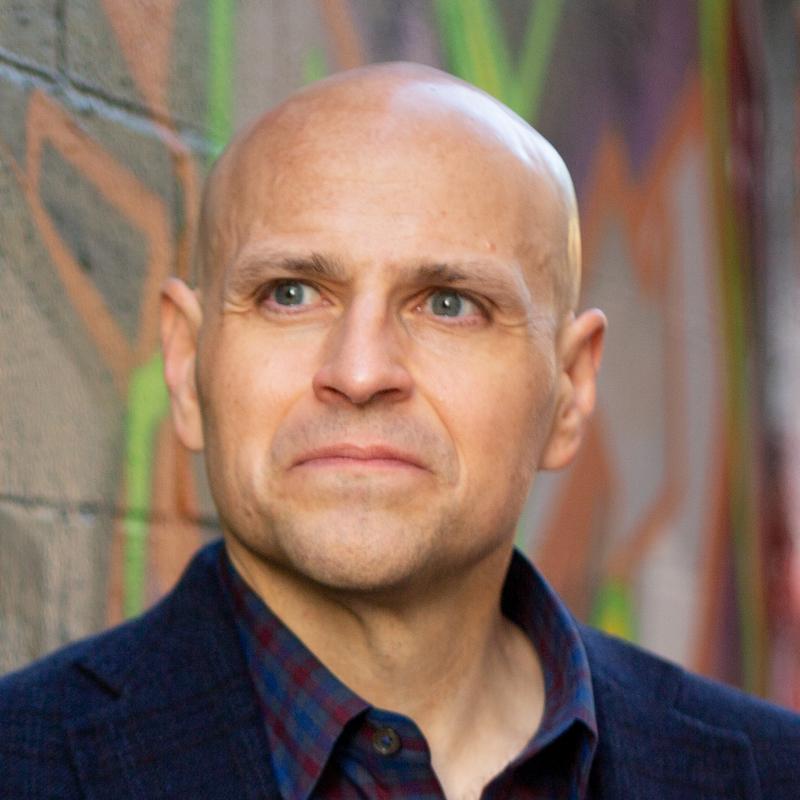
Earlier this month I gave a new talk about planning for the future at Industry 2016 in Cleveland, Ohio. I’ve just published the essay version. Here’s a preview:
We fall into a curious trap when we think about the future—we know too much to be dangerous. If I ask you to tell me where your product will be in two years, I suspect you’ll jump right into technical details. Which mobile platform will be most popular? Will VR gain traction with consumers? Where will the bulk of online advertising will be concentrated? That’s unavoidable—two years isn’t very far away. Measured on this scale, changes are difficult to notice. Think about this the next time you read a product review.
But what if I ask you to imagine your product in thirty years? Something appealing happens when you contemplate that time horizon. It’s so far into the future that the little details have to fall away. Who the hell knows what device we’ll be using to communicate in 2046?! It’s impossible to predict. Yet it’s easy to anticipate that we’ll be using something that will be even easier, faster, more powerful, and more ubiquitous than the smartphones of today. Zooming out to see the industry at a geological time scale brings things into focus: technology is progressing faster than most of us imagined, and will only continue to do so.
If you want to prepare for the future, move the goalposts. Try a thirty-year plan.
Good Reads
Learning is more important than shipping, says Mike Davidson in his Medium post, “Shipping vs. Learning.” He writes, “Maybe shipping is actually just a subset of learning, or at the very least, in service of it. Put differently, shipping can be a great way to learn, but it’s not the only way, and it’s not always the best way. If all of that is true, how might we re-orient the development process around learning?”
”One of the biggest challenges for a product manager is to escape the gravitational pull towards execution. This pull is a good thing, it’s a sign of a healthy company—it means you’re getting things out the door. But it also means your focus is likely on today and the next couple weeks.” Just one of many excellent quotes from this Intercom Q&A: “How Should Product Managers Prioritize Their Time?”
Product management legend Marty Cagan published an essay version of his talk from last week’s Mind The Product London, entitled “Behind Every Great Product.” He walks through five examples of PMs—from Google to Netflix—and what made them successful. Oh, and they just happen to all be women.
Books I’ve Read Recently
I set out to read fifty books in 2016 and I’m on track (currently on #44 and #45). You can check out my Goodreads activity to see what I’ve been reading.
Speaking of the future, here are some time-related mind-benders I recently enjoyed:
Time Travel by James Gleick: From the acclaimed author of Chaos, this is an enjoyable history of time travel, everything from H.G. Wells to Albert Einstein. The Wall Street Journal describes it as “a veritable theme park of playful attractions, which Mr. Gleick explores with infectious gusto.”
Dark Matter: A Novel by Blake Crouch: Unlike anything I’ve ever read, this sci-fi book is a must-read meandering tour through multiple realities. I agree with the NPR reviewer who said it’s “a whole bag of barbecue chips … just sitting there waiting for you to devour in one long rush.”
